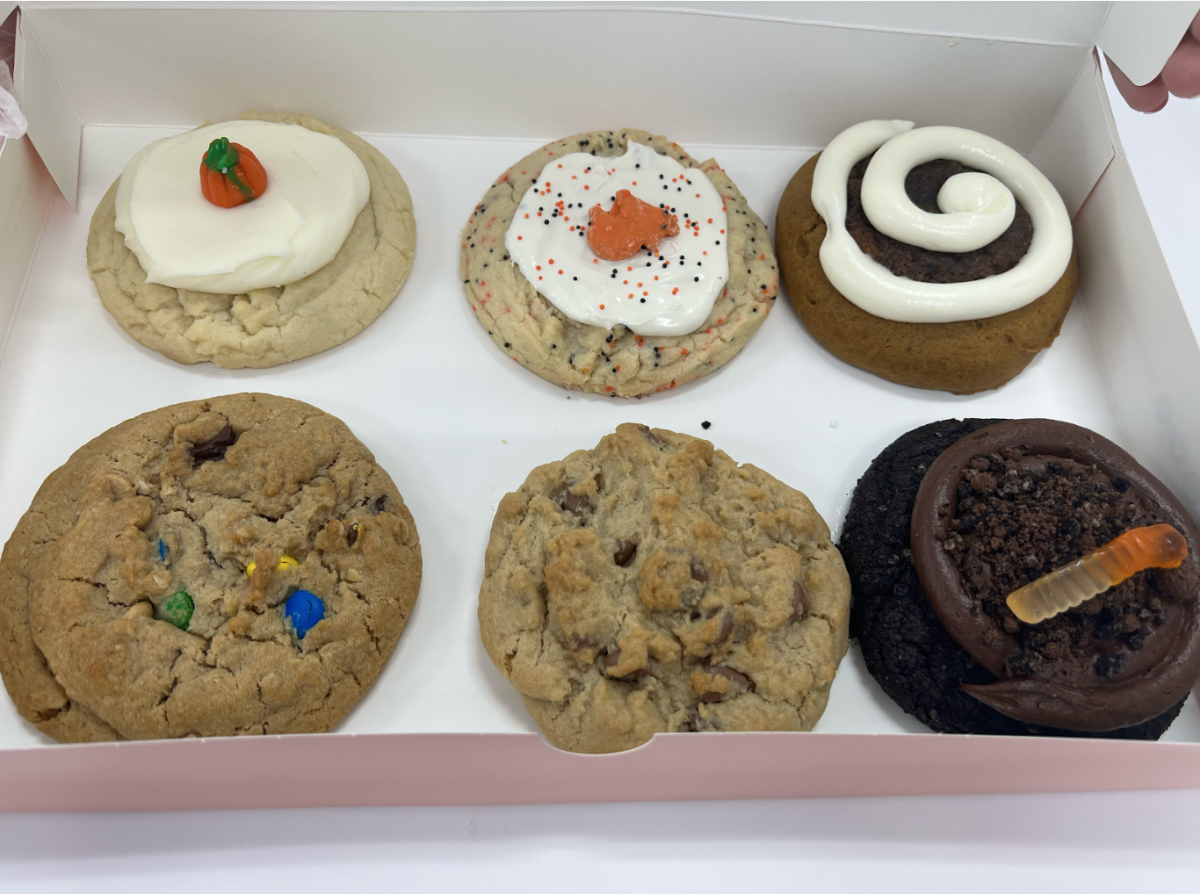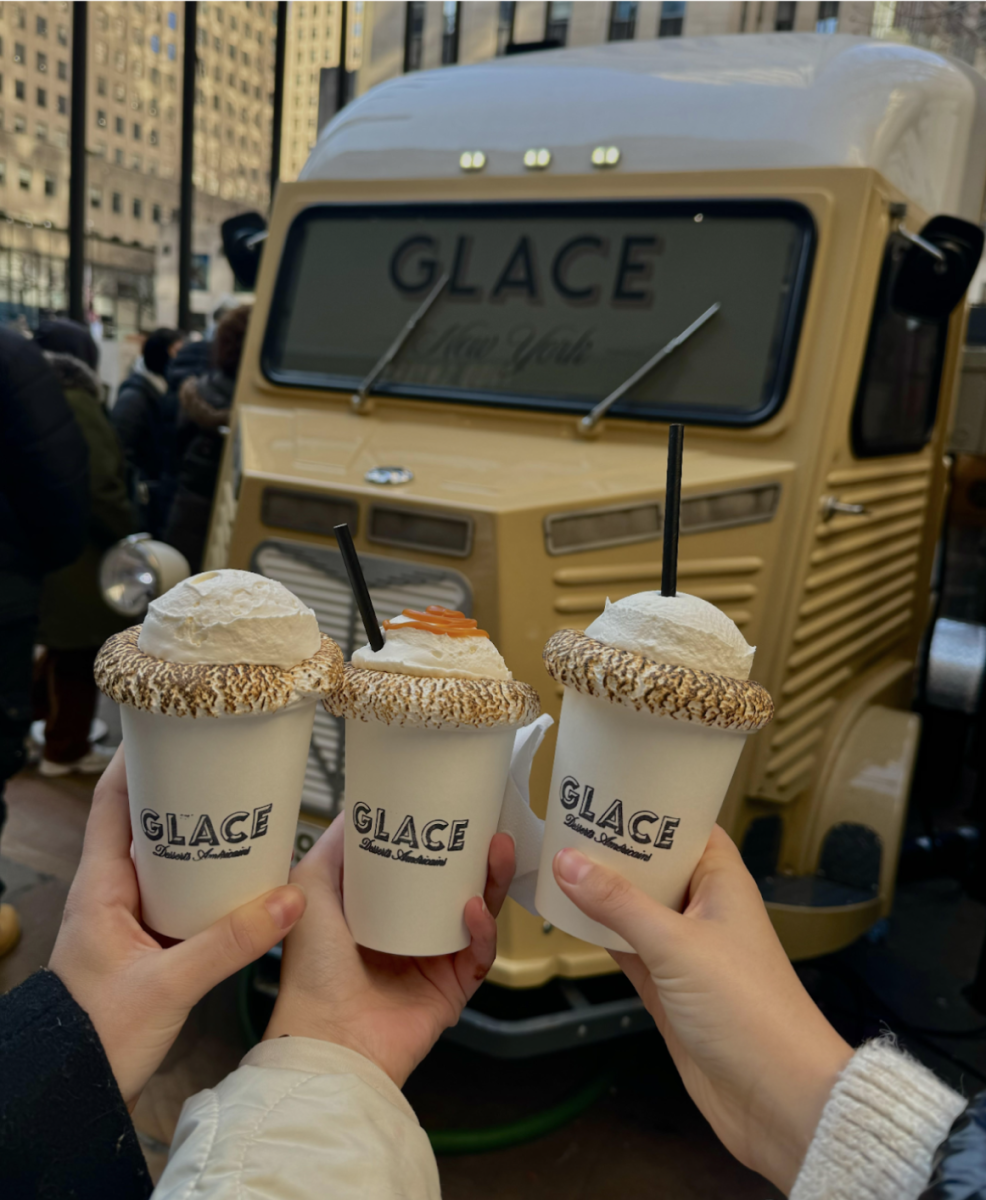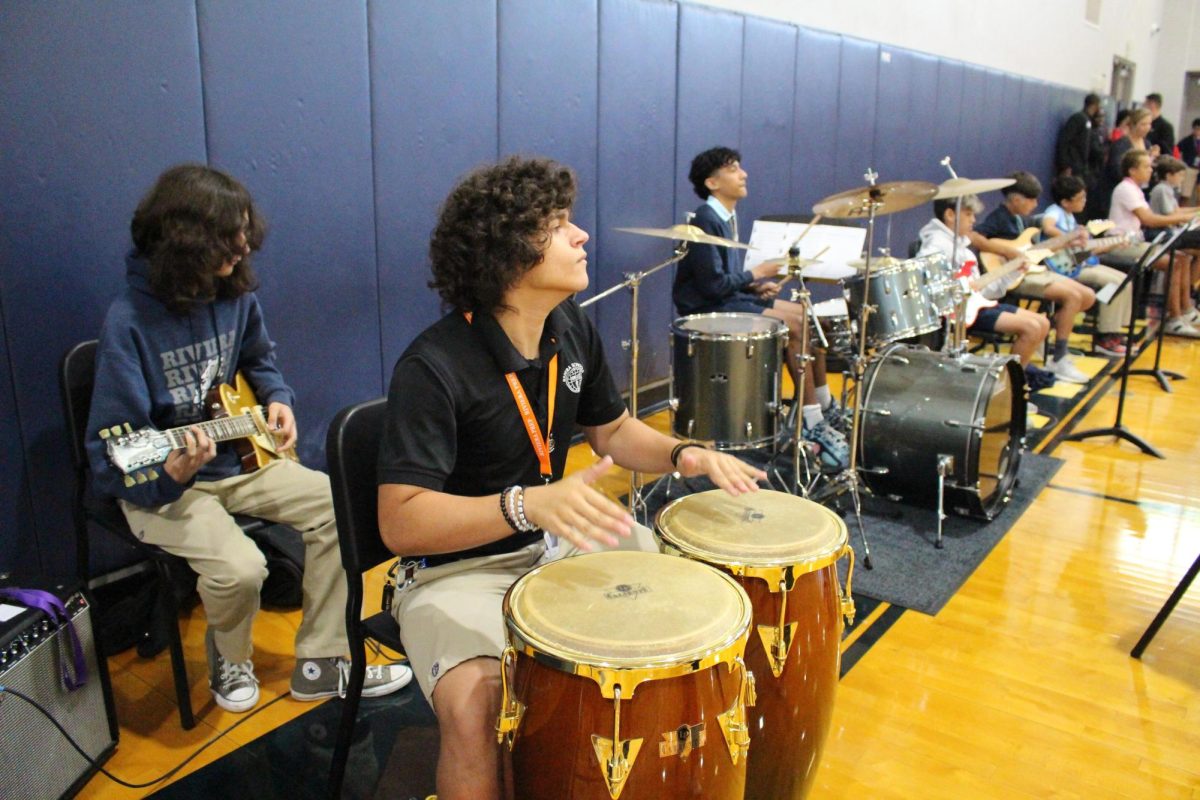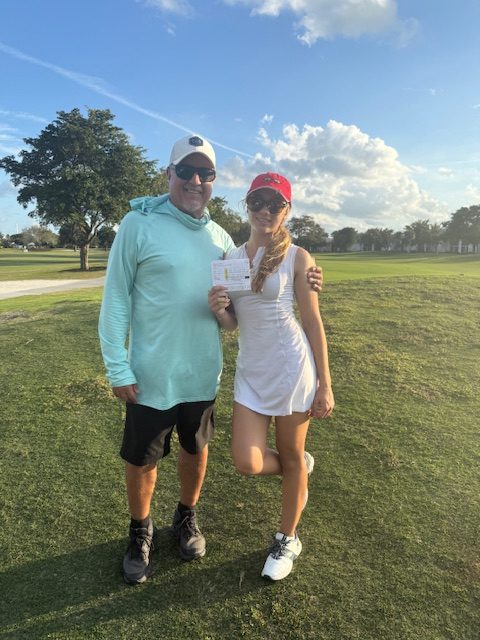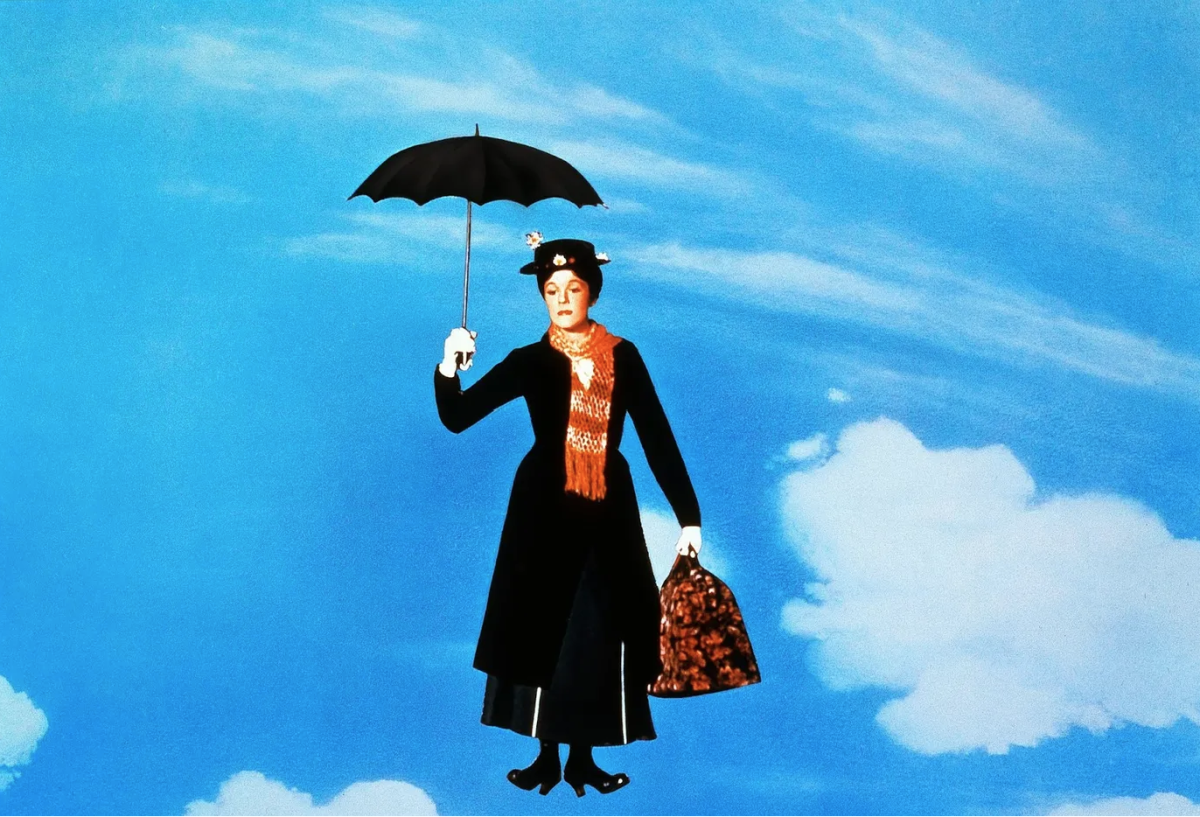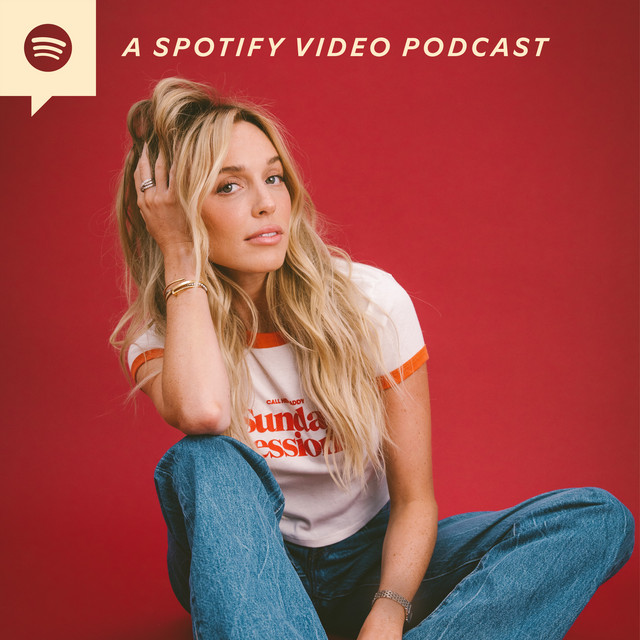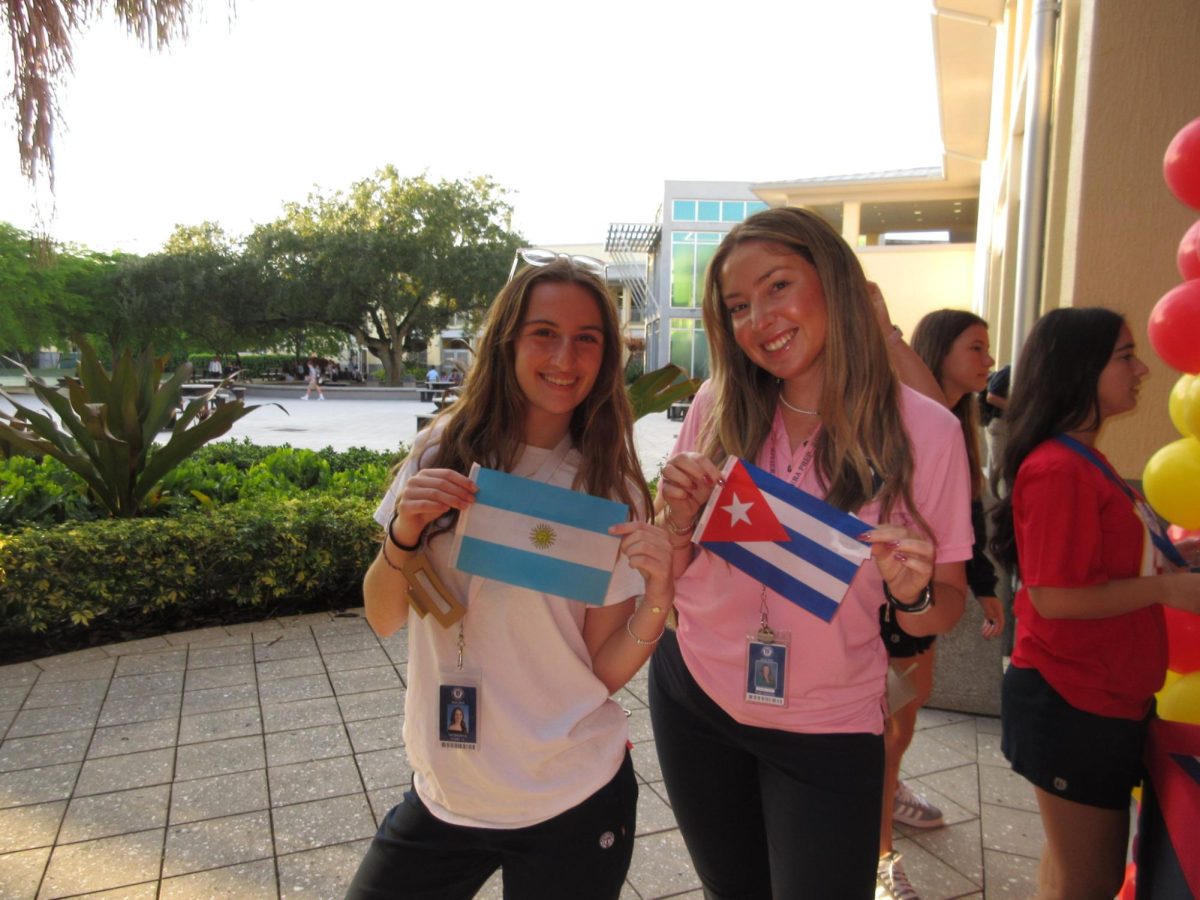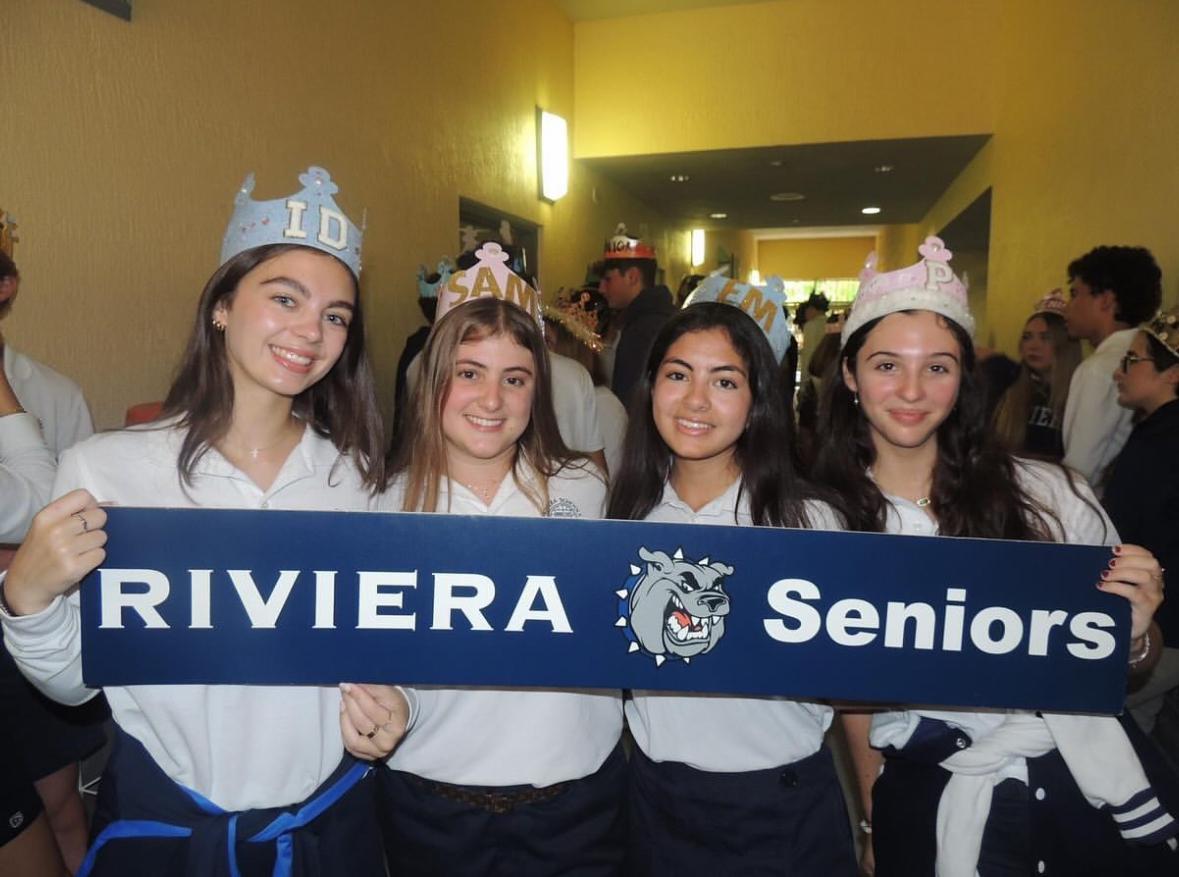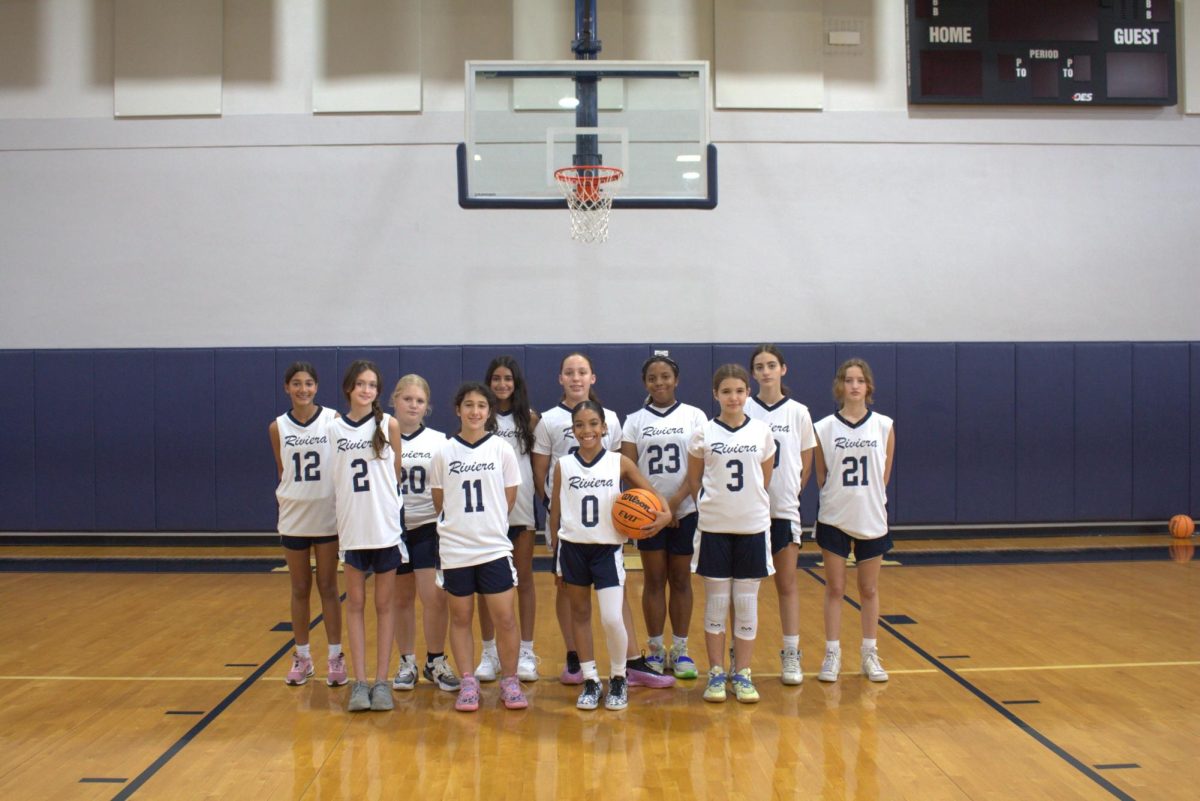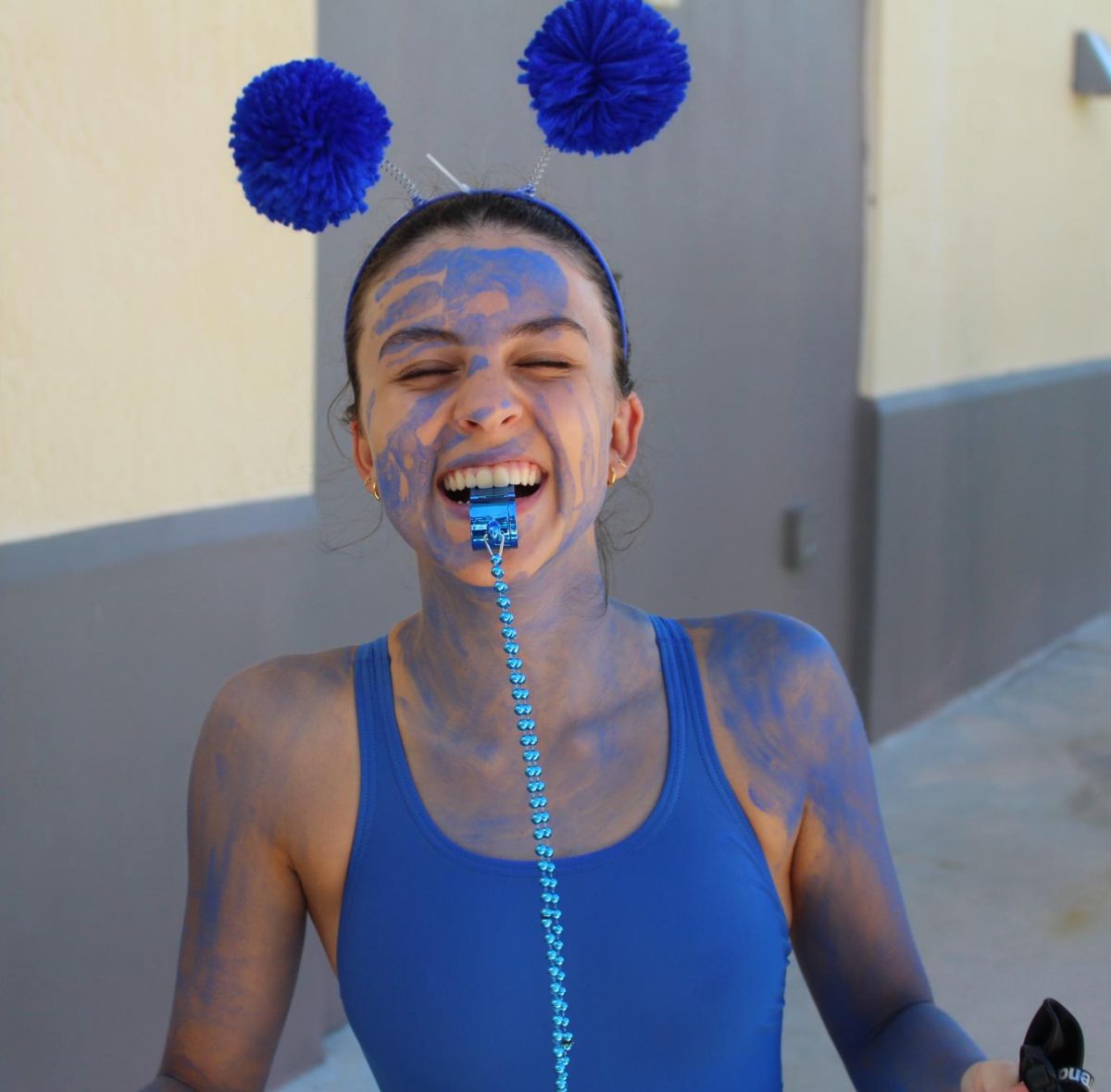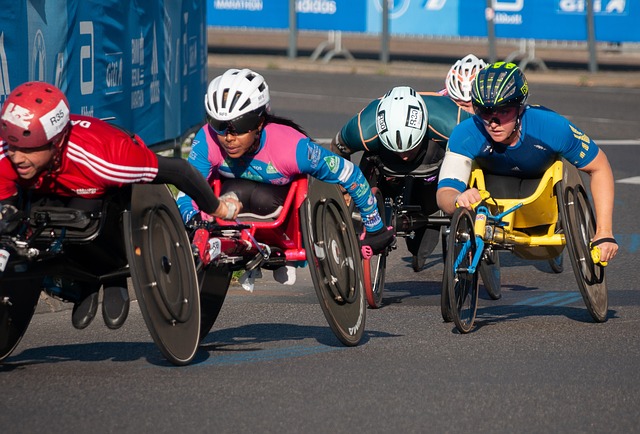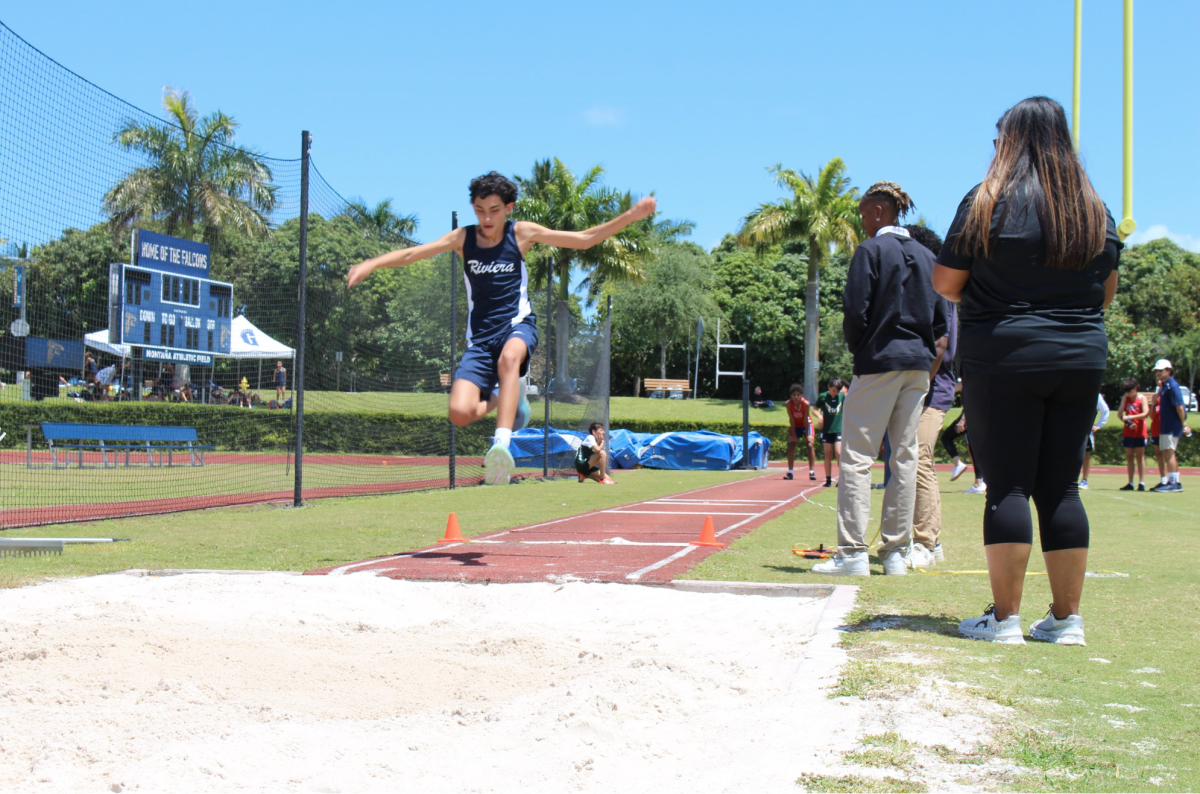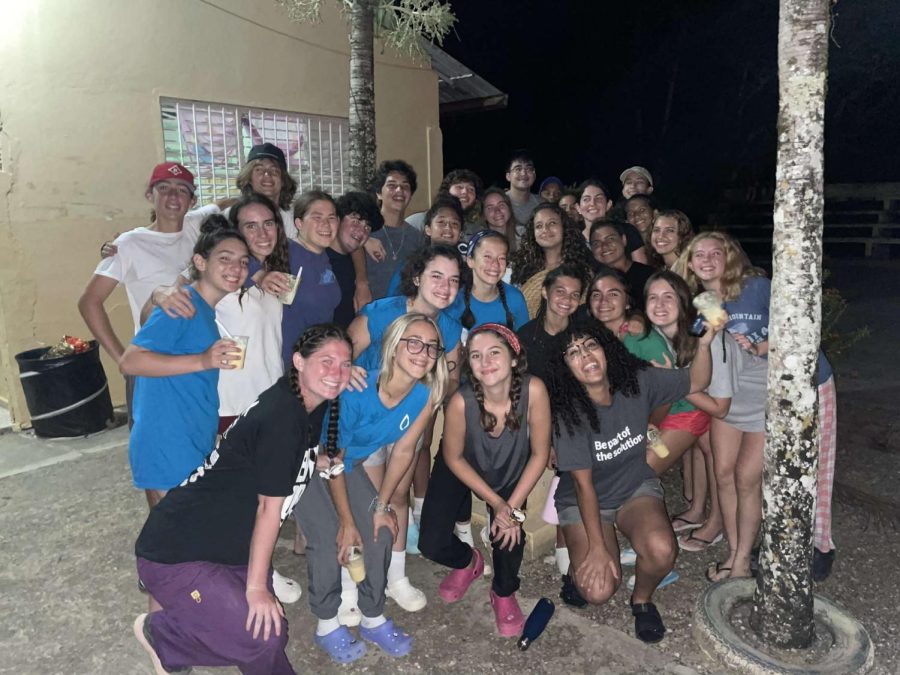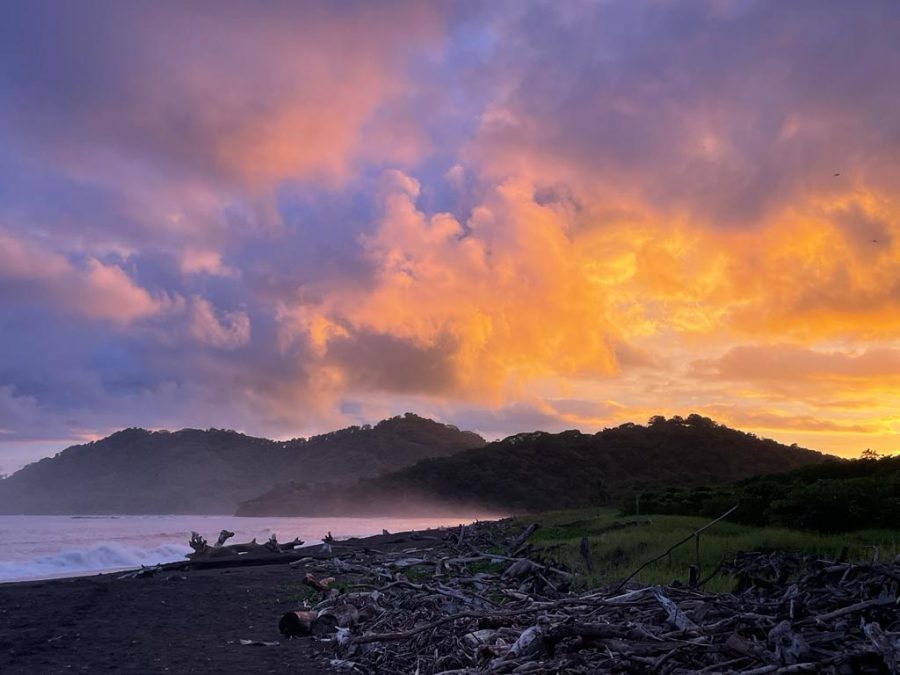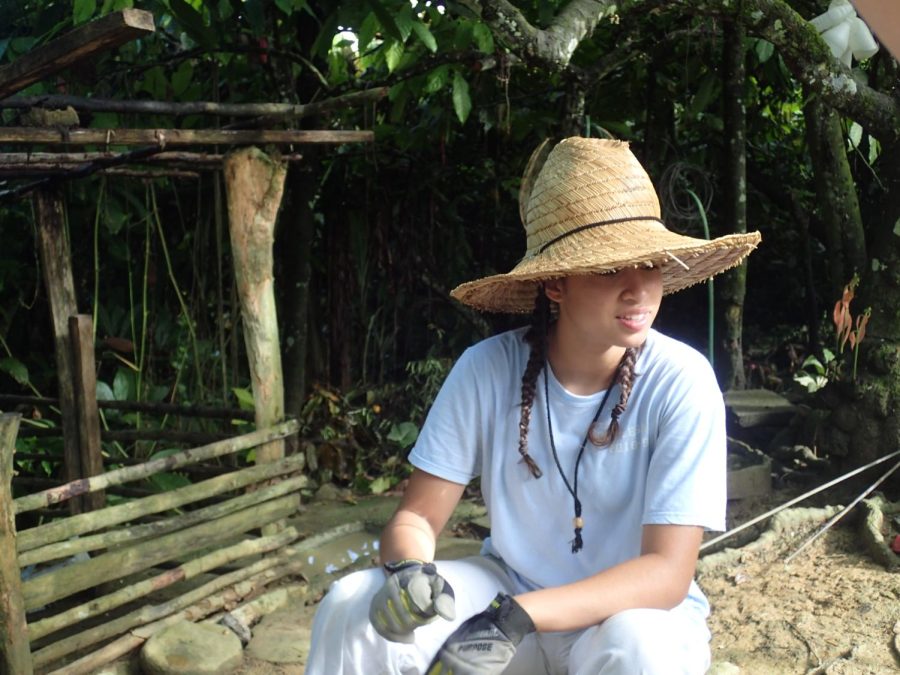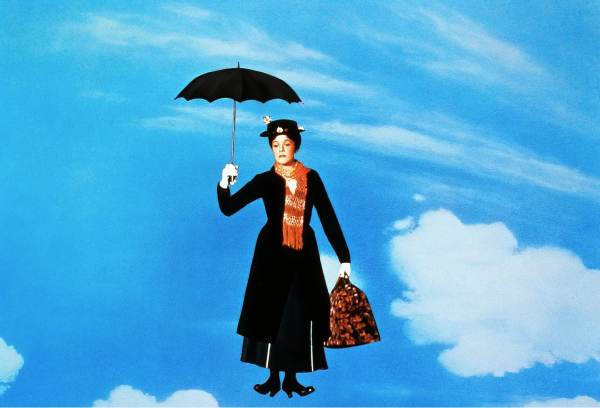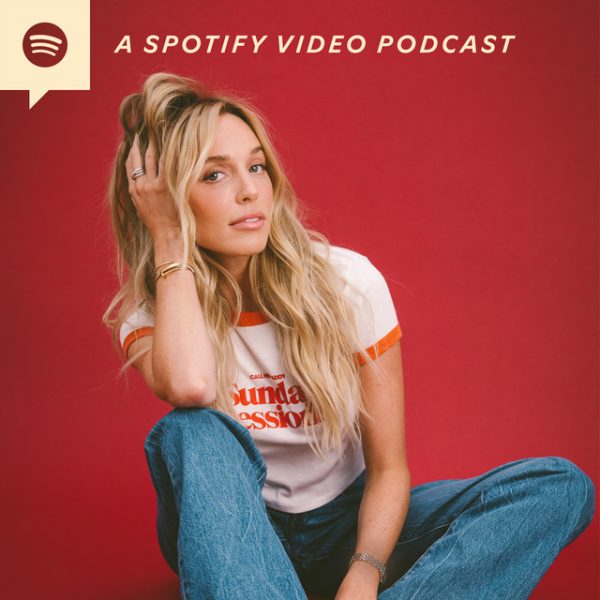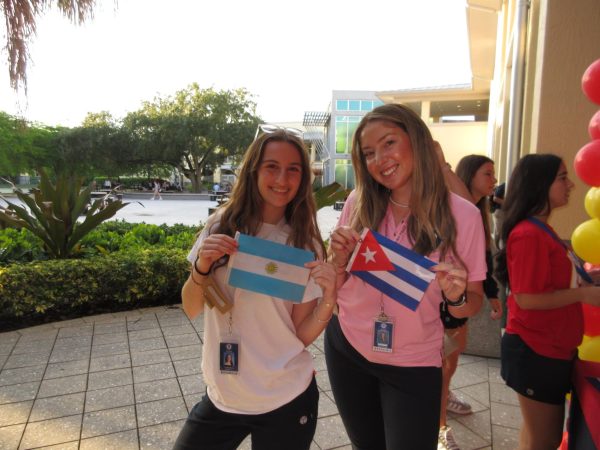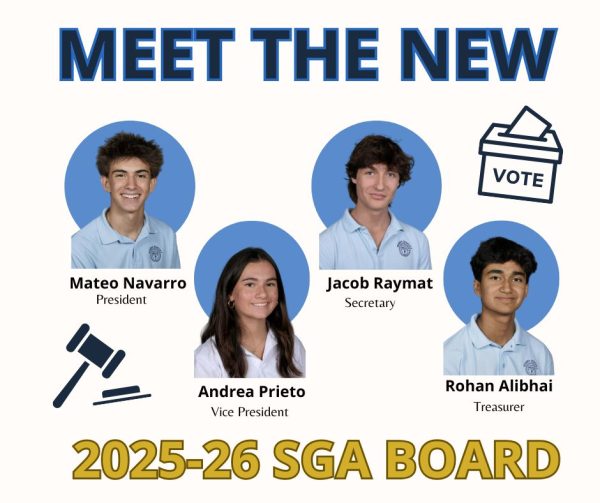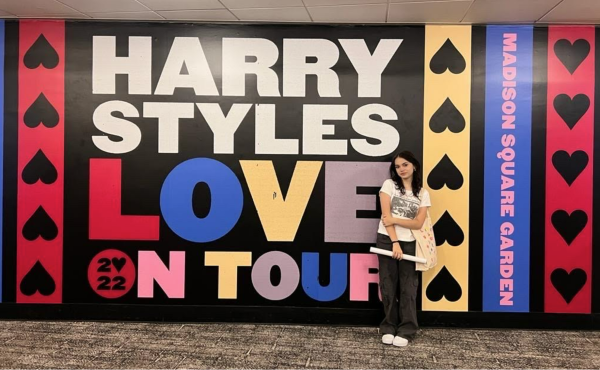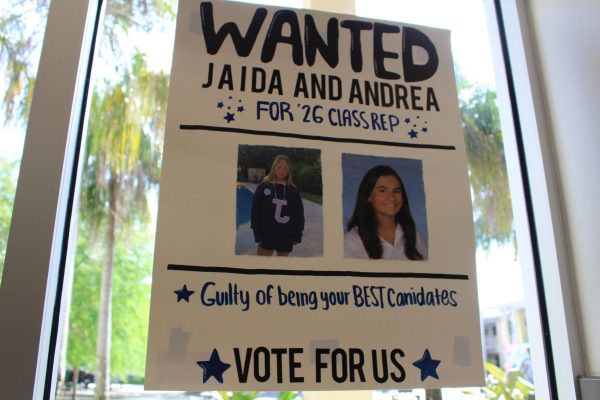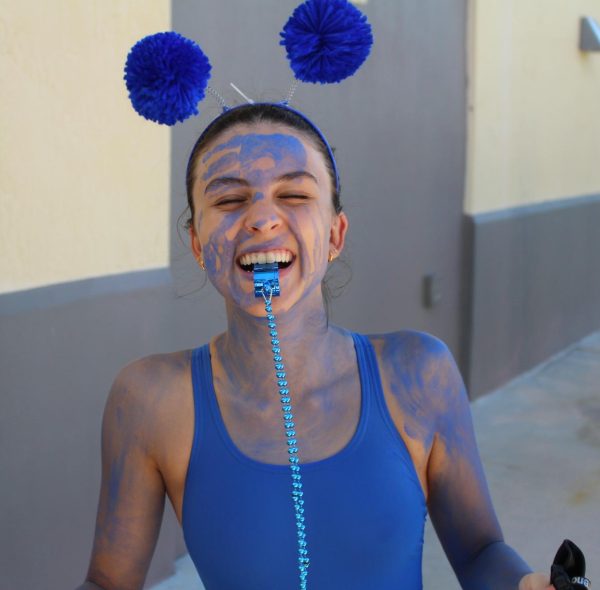Community Service: Travel Programs for Students Around the Globe
Community service hours can be challenging to acquire, especially when food drives and making baskets is not exciting to most. To remedy this issue, community service programs like Rustic Pathways and Blue Missions provide students with high-quality resources to work for multiple communities while traveling and having the time of their lives.
Rustic Pathways
Since 1983, Rustic Pathways has helped people age 12 to 22 positively impact many lives and communities. This program takes students worldwide–from the Americas to Africa, Asia, and Europe–and gives them different alternatives to community service, such as building aqueducts in the Dominican Republic and aiding marine and mountain habitats in Tanzania. Meanwhile, along with helping the community, students enjoy the beautiful sights.
My sisters, Isabel and Ana Sofia Mascarua, were the first to introduce me to Rustic Pathways. Last summer, they went to the Turtle Conservation Program in Costa Rica, and it was an experience that they would never forget.
After asking Isabel why she volunteered, she said, “I wanted to explore a different place [Costa Rica] while helping and getting my community service hours.” In the Turtle Conservation Program, she built hatcheries for turtles, participated in beach cleanups, and visited local women. The group’s day would begin around 7 a.m., when they would get ready, have breakfast, and head to the beach. They split into groups, building a hatchery or moving branches to give turtles space to lay their eggs. After spending three hours on the beach, they had lunch and relaxed for an hour and a half, after which they would head to the beach again to pick up trash for several more hours. Following this, they had dinner, showered, and ended the day with a one to three-hour night walk where they would spot turtles laying eggs and take them to the hatchery to be safe from the raccoons.
After hearing all the great things about the program, I asked Isabel what she thought was the most challenging part. She says, “The hardest part was the amenities… there were only two outdoor showers…the water was cold. It was just one tiny stream of water for ten girls…the guys had their showers…doing the hatcheries was also hard, using the shovel in the sun for a long time.” Although the amenities were not the best, Isabel said they would not stop her from returning.
Isabel also mentioned an important lesson: she said, “I learned that we have a lot of impact in our community even though we might not think we do…we might think we don’t have any effect on others, but we affect the whole ecosystem and the animals.”
Isabel believes every student should attend a community service program “I would tell them [students] to go because first of all, Costa Rica is beautiful, the beaches were amazing…I would also recommend going because you get to see turtles laying eggs, you get to pick up the eggs and see baby turtles in some cases, which is an incredible opportunity.” Isabel mentioned that besides community service, the group had time to take surfing classes, play board games and volleyball, and watch dolphins. She said, “You get your hours plus fun.”
Blue Missions
Another organization that grants students an exciting opportunity for community service is Blue Missions. Blue Missions is a non-profit organization headquartered in Miami, FL which ensures sustainable access to clean water and sanitation for communities in the Dominican Republic.
Senior Melina Peña introduced me to Blue Missions; she has attended this program twice. Following is her experience.
The group was awakened by music around 6:30 a.m. every morning, then they headed for breakfast, filled their water bottles, and went to work. “They [the advisers] would split us up every single day with different people, and we would each go to different houses to either start building the latrines or to throw floors,” Melina explained that throwing a floor is when you set up the cement to build the latrine. After this, they stopped at a snack place where they could get cold drinks. After building toilets, they returned to camp to take a break and play with the kids from camp. At this time, they would have lunch. Peña said, “Lunch was always so good; we would usually get tostones with white rice mixed with some eggs, and sometimes we would get some salami; it was really good.” After lunch, they headed to work again, and when done, everyone showered. Three people had to share one bucket of water for a shower, as conservating water was essential. Peña said that at the end of the day, “There were beautiful views; we would all look at the stars and lay in hammocks. It was our time to talk… like a bonding experience. Then we went to bed; we were exhausted. It was the best sleep of our lives.”
Peña’s favorite part of the trip was playing baseball with all the kids in the Campo: “It was raining, so we all got all muddy; we were slipping around… but it was fun because when we played with the kids, we would grow our relationship with them, it made me happy.”
“Being clean was a mindset at the Campo; you were never really clean,” said Peña after being asked what the program’s most challenging part was. She also mentioned how there were a lot of bugs, so she had to sleep with a mosquito net.
Peña recommends this program to students; she said, “Yes, it’s gonna be a little bit uncomfortable in the beginning, but at the end of the day, when you’re done doing all the work, and you see all the kids smiling… it just makes you feel so good. I think it will open up others’ eyes and make them learn you’re better off, and even though these people aren’t, they can still find a way to be happy.”
Peña learned a great lesson. One of her advisers asked the students at the beginning of the trip, “Do you guys think money buys happiness?” Most of them said yes, but she explained to them at the end of the trip why it did not. Her adviser said, “Look at all the people around you; look at how happy they are; look at how happy you made them.” This made Peña realize you don’t need much to be happy; all you need is your friends and family.
These are only a few ways to procure the community service hours necessary for graduation in a little over a week. I will head to Costa Rica this summer to participate in the Turtle Conservation Program and hope to partake in Blue Missions in the coming years. Stay tuned for a recap article of my first-person experience.
Your donation will support the student journalists of Riviera Preparatory School. Your contribution will allow us to purchase equipment and cover our annual website hosting costs.
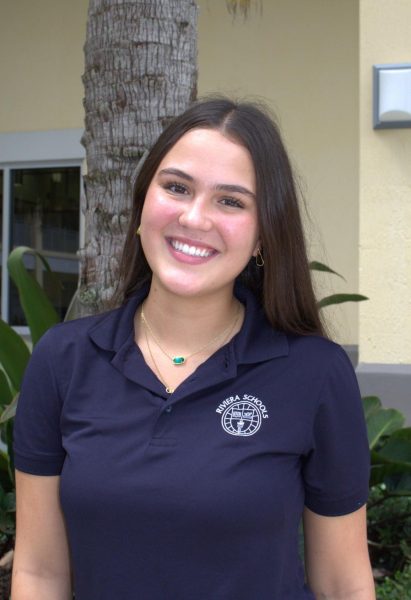
Junior, Cristina Mascarua is joining the press once again after being a staff member sophomore year. She enjoys writing about important events whether...


